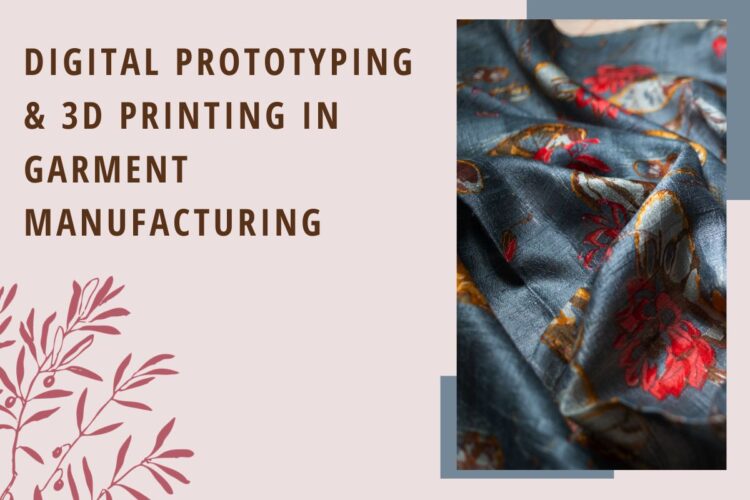In the realm of garment manufacturing, digital prototyping and 3D printing have emerged as revolutionary technologies, paving the way for innovative designs and sustainable production methods. The concept of 3D printed clothes has transcended the traditional boundaries, offering designers and manufacturers a new playground to explore, create, and innovate.
Benefits of 3D Printing in Garment Manufacturing
3D printing in garment manufacturing is not merely a trend but a transformative technology that brings numerous advantages to the table. It allows for the creation of intricate designs that are otherwise impossible or highly complex to achieve through conventional methods. 3D printed fashion is also synonymous with customization, enabling designers to create garments that are tailored to individual preferences and sizes. Moreover, it significantly reduces waste, as materials are utilized only where needed, aligning with the principles of sustainable fashion.
Choosing the Right Materials for 3D Printing Clothes
The selection of the best material for 3D printing is pivotal in ensuring the quality, durability, and wearability of 3D printed garments. Materials like TPU (Thermoplastic Polyurethane) and PLA (Polylactic Acid) are commonly used due to their flexibility and biodegradability, respectively. The 3D printed clothes material should align with the desired aesthetic, functionality, and sustainability of the garment, ensuring it meets the demands of both designers and consumers.
3D Printing Services and Technologies
Identifying the best 3D printing service is crucial for achieving optimal results in 3D printed fashion. Various services offer different technologies, materials, and expertise. From SLS (Selective Laser Sintering) to FDM (Fused Deposition Modeling), each technology has its own merits and is suitable for different types of garments and applications. The best 3D printer for clothing will depend on the specific requirements of the project, such as detail, durability, and material compatibility.
3D Printing in Garment Design
The role of the 3D-printed clothing designer is pivotal in leveraging the technology to create innovative and functional garments. Printing on clothes using 3D technology allows designers to experiment with unique textures, forms, and details, pushing the boundaries of what is possible in fashion design. From conceptualization to realization, 3D printing provides a platform for designers to visualize and create with unparalleled freedom and precision.
The Digital Prototyping Process
Digital prototyping involves creating a virtual model of the garment, which can be tested and modified before it is physically produced. This process not only saves time and resources but also enables designers and manufacturers to refine and perfect their designs without the need for multiple physical prototypes. 3D printer printing clothes through digital prototyping ensures accuracy, reduces waste, and accelerates the production cycle, making it an invaluable tool in modern garment manufacturing.
Sustainable Aspects of Garment Manufacturing 3D Printing in Fashion
Sustainability is at the forefront of modern garment manufacturing, and 3D printing plays a significant role in advancing this agenda. 3D printing minimizes waste by utilizing material only where it is needed and can utilize recycled or biodegradable materials, contributing to a more sustainable production process. Furthermore, the ability to produce on-demand reduces the need for excess inventory, minimizing the environmental impact and aligning with a more conscious and responsible approach to fashion production.
The integration of digital prototyping and 3D printing in garment manufacturing heralds a new era in fashion, where creativity, innovation, and sustainability coalesce to redefine the industry. From conceptualization to production, these technologies empower designers and manufacturers to explore new possibilities, create with unprecedented freedom, and pave the way toward a more sustainable and innovative future in fashion.



